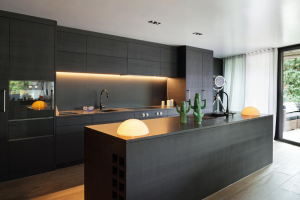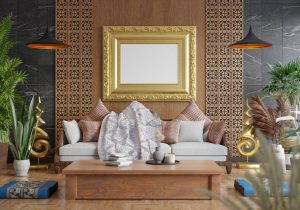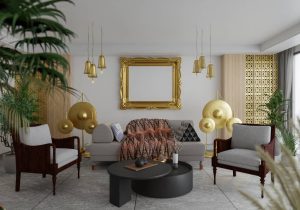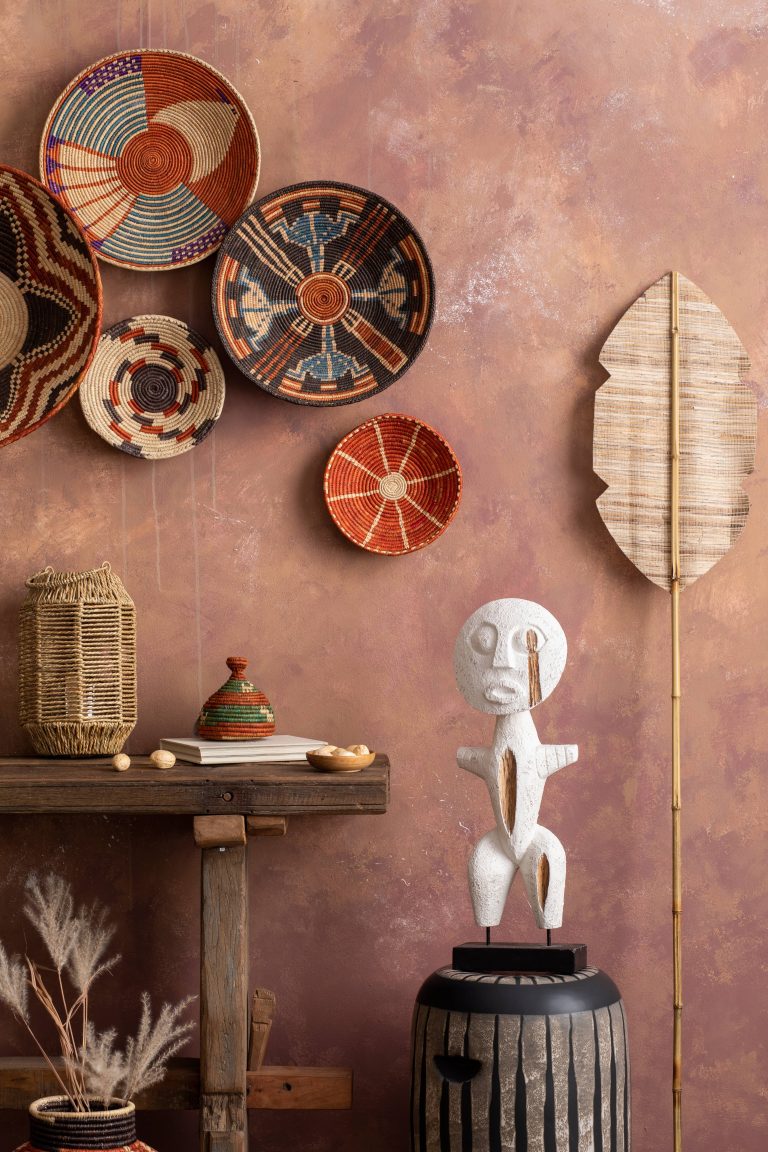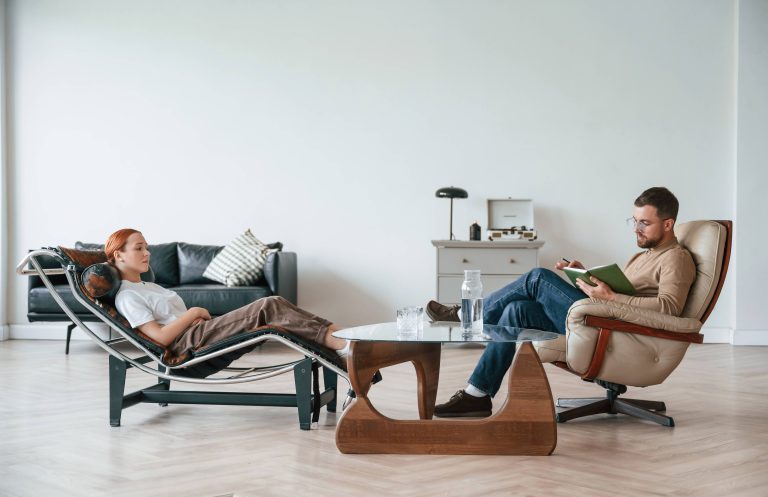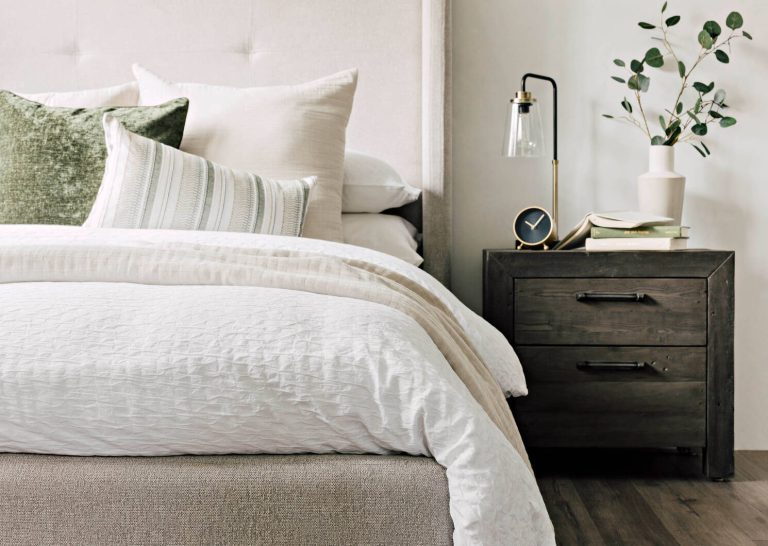
Creating a harmonious and functional home environment often begins with the strategic arrangement of furniture. If you’re committed to enhancing the flow of your living space, understanding the principles of furniture placement is essential. Whether you’re starting from scratch or rearranging existing pieces, the objective is to facilitate movement, invite comfort, and maximize utility. Let’s explore some key strategies to arrange furniture for optimal flow in your home.
Understanding the Flow
The concept of “flow” in interior design refers to how easily one can move through a space. It’s about ensuring that there are clear and unobstructed pathways, both physically and visually. Good flow also encourages an interaction between architectural elements, furniture, and decor while balancing aesthetics and functionality.
The flow is affected by the room’s purpose, size, shape, your lifestyle, and personal preferences. Take the time to reflect on how you and your family use each room and identify the critical pathways that connect different areas of your home. This understanding will guide you in creating efficient layouts.
Defining the Purpose of the Room
Every room has a primary function, whether it’s for relaxation, dining, working, or socializing. Understanding this purpose is fundamental, as it dictates both the selection and arrangement of furniture.
For example, in a living room meant for entertaining, create a seated arrangement that encourages interaction. A large, comfortable sofa, complemented by a few armchairs and a central coffee table, can foster conversation. Alternatively, if the room is intended for relaxation, focus your furniture around a central point like a fireplace or media center for an inviting atmosphere.
Focal Points and Anchor Pieces
Identify a focal point in the room, such as a fireplace, large window, or piece of art, and arrange the main seating elements around it. This creates a sense of order and cohesion. Similarly, anchor pieces like sofas or large tables should be positioned first. These are typically the largest pieces in a room and set the tone for scale and proportion.
Once you’ve established these elements, build around them with smaller pieces such as side tables, reading chairs, or storage units, ensuring that they complement rather than compete with the primary furniture.
Maintaining Balance and Proportion
Balance is critical in creating an agreeable flow. Avoid clustering heavy furniture in one part of the room. Instead, spread out similar-sized or visually-weighted items to achieve equilibrium. Balance can also be visual; a well-placed piece of artwork can offset the heaviness of a bulky sofa.
Proportion is just as essential. Ensure your furniture suits the scale of the room. Oversized pieces in a compact space can make it feel cramped, while too-small furniture can make a large room feel sparse.
Optimizing Pathways
Create clear pathways for movement. Aim for at least 24-36 inches of passage between furniture pieces to allow easy navigation. In more frequently used areas, like the connection between the kitchen and living room, wider pathways are preferable.
In open-plan layouts, use furniture to delineate zones while maintaining an open feel. A sofa can act as a boundary between a living room and dining area without closing off either space.
Functionality and Accessibility
Think about the everyday use of the room—make sure essential items are easily accessible. Ensure that there is enough space to pull out chairs comfortably, open drawers fully, and not bump into sharp corners.
Functionality is also about flexibility. If you have a multi-use space, consider furniture that can adapt. Ottoman-style coffee tables with storage, extendable dining tables, or convertible sofas offer versatility and maximize the available area.
Strategic Use of Rugs and Lighting
Rugs and lighting play a crucial role in guiding flow and defining spaces. A beautiful area rug can anchor a seating arrangement and subtly demarcate one zone from another in a large room. Ensure rugs are large enough so that key furniture pieces can sit on the rug, creating a unified look.
Similarly, well-thought-out lighting complements the flow of the room. Overhead lighting should be supplemented with task and ambient light sources such as floor lamps, table lamps, or sconces to add depth and flexibility.
Incorporating Personal Style
While these strategies provide a foundation for functional furniture arrangement, remember that your home should reflect who you are. Add layers of texture and color through soft furnishings, inject personality with unique decorative items, and incorporate plants for vitality and freshness.
Furthermore, your lifestyle and needs may evolve, requiring changes in your space. Periodically reassess your furniture arrangement to ensure it continues to accommodate any new activities, interests, or family dynamics.
Conclusion
Arranging furniture for optimal flow involves a thoughtful balance of practicality and creativity. By understanding the purpose of each space, creating focal points, maintaining balance, and optimizing movement pathways, you can curate an environment that is both stylish and functional. Through this process, your home not only becomes more aesthetically pleasing but also a more enjoyable place to live. Ultimately, successful furniture arrangement should bring ease and joy into your daily life, allowing you to appreciate your space fully.


